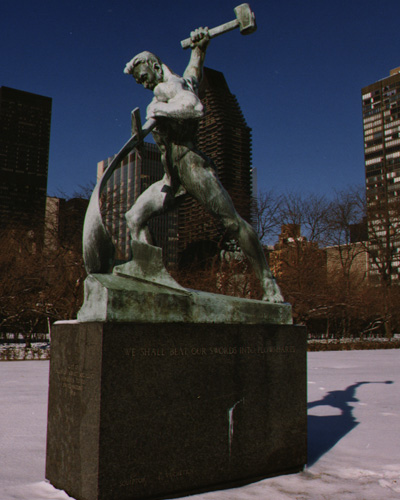.
Open the heavens and come down, O God of love.
Bring Your love so near we can feel it
not just in our hearts, but on our skin,
like the sun on our upturned faces.
.
We have seen glimpses of Your love in communities
that surrounded us with care, stood by our sides, and had our backs.
When we heard confidence and optimism in our children’s voices,
we knew Your presence.
Give us eyes keen enough to catch Your love in action,
and spirits quick enough to reflect Your grace,
as water catches and reflects the light.

.
We have heard Your promises:
that You love us no matter what,
with a love greater even than faith and hope.
Where Your love rules, everything changes.
The stranger will be met with a smile.
The hurt will find a healer.
.
Jesus, lover of our souls, come soothe where hate burns.
Help us to love one another as You have loved us,
with an untamed love that is not safe, but it is good—
a love that spends its life for others.
.
Anoint us with your Spirit to bring good news
to all in need of Your healing touch.
Restore what has been broken in rage.
Make us crafters of beauty from ashes.
.
We are God’s people.
We light this candle as a sign of God’s love
that sets up camp among us,
tending the displaced and the wounded,
then sends us out to do the same.
O come, Immanuel.
.
(This year’s Advent candle-lighting liturgies are crafted around the 2023 lectionary texts and input from congregants of Bethany Presbyterian Church of Seattle)

